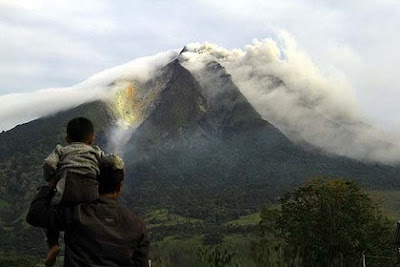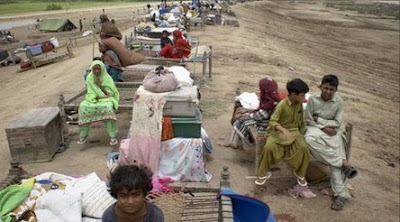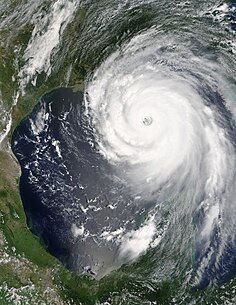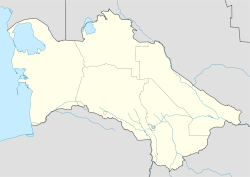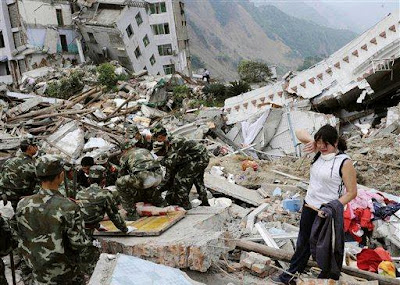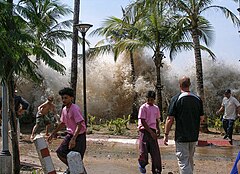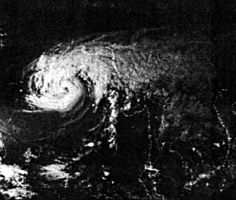2010 Haiti earthquake |
| Quake epicentre and major cities affected |
| Date | 16:53:10, 12 January 2010 (−05:00) (2010-01-12T16:53:10−05:00 21:53:10, 12 January 2010 (UTC) (2010-01-12T21:53:10Z) |
|---|
| Magnitude | 7.0 Mw |
|---|
| Depth | 13 km (8.1 miles) |
|---|
| Epicenter location |  18°27′25″N 72°31′59″W 18°27′25″N 72°31′59″W |
|---|
| Countries or regions affected | Haiti |
|---|
| Max. intensity | MM X |
|---|
| Tsunami | Yes (localized) |
|---|
| Casualties | 92,000 - 230,000 deaths (6th deadliest earthquake) |
|---|
The 2010 Haiti earthquake (Haitian Creole: Tranblemanntè 2010 nan peyi Ayiti) was a catastrophic magnitude 7.0 Mw earthquake, with an epicentre near the town of Léogâne, approximately 25 km (16 miles) west of Port-au-Prince, Haiti's capital. The earthquake occurred at 16:53 local time (21:53 UTC) on Tuesday, 12 January 2010. By 24 January, at least 52 aftershocks measuring 4.5 or greater had been recorded. An estimated three million people were affected by the quake; the Haitian Government reported that an estimated 230,000 people had died, 300,000 had been injured and 1,000,000 made homeless. They also estimated that 250,000 residences and 30,000 commercial buildings had collapsed or were severely damaged.
The earthquake caused major damage in Port-au-Prince, Jacmel and other settlements in the region. Many notable landmark buildings were significantly damaged or destroyed, including the Presidential Palace, the National Assembly building, the Port-au-Prince Cathedral, and the main jail. Among those killed were Archbishop of Port-au-Prince Joseph Serge Miot, and opposition leader Micha Gaillard. The headquarters of the United Nations Stabilization Mission in Haiti (MINUSTAH), located in the capital, collapsed, killing many, including the Mission's Chief, Hédi Annabi.
Many countries responded to appeals for humanitarian aid, pledging funds and dispatching rescue and medical teams, engineers and support personnel. Communication systems, air, land, and sea transport facilities, hospitals, and electrical networks had been damaged by the earthquake, which hampered rescue and aid efforts; confusion over who was in charge, air traffic congestion, and problems with prioritization of flights further complicated early relief work. Port-au-Prince's morgues were quickly overwhelmed with many tens of thousands of bodies having to be buried in mass graves. As rescues tailed off, supplies, medical care and sanitation became priorities. Delays in aid distribution led to angry appeals from aid workers and survivors, and looting and sporadic violence were observed.
On 22 January the United Nations noted that the emergency phase of the relief operation was drawing to a close, and on the following day the Haitian government officially called off the search for survivors.


